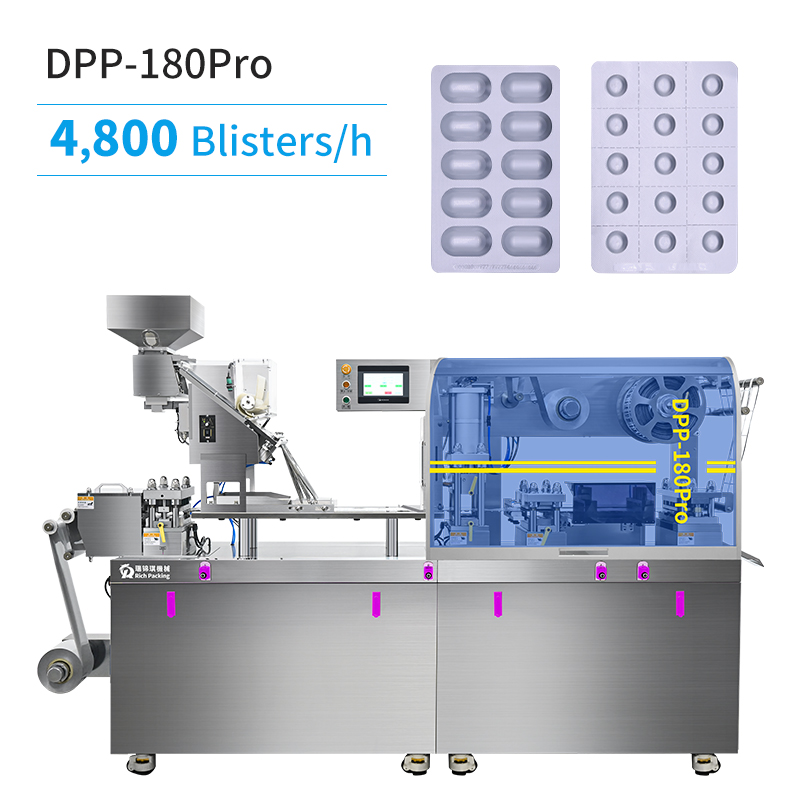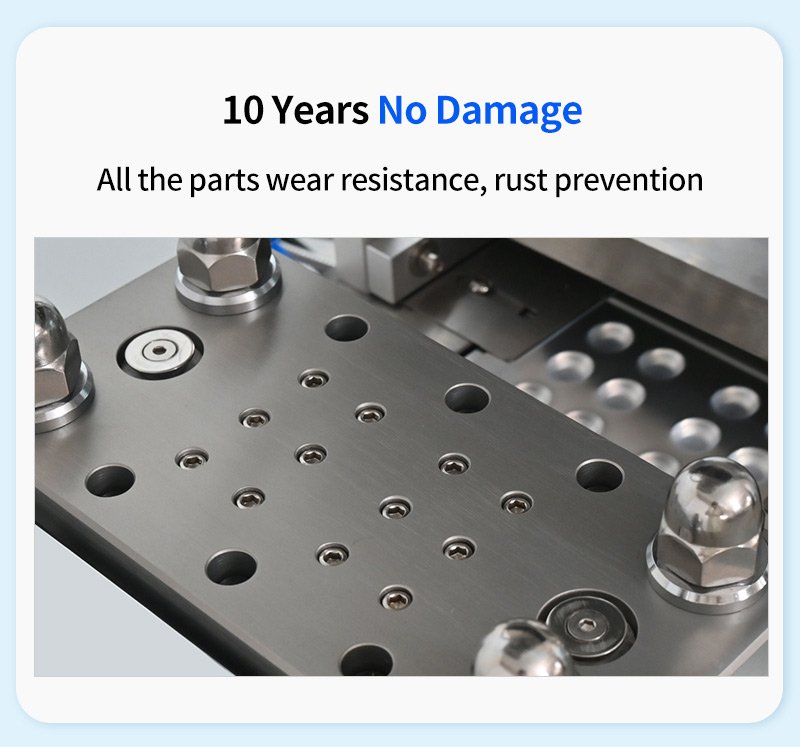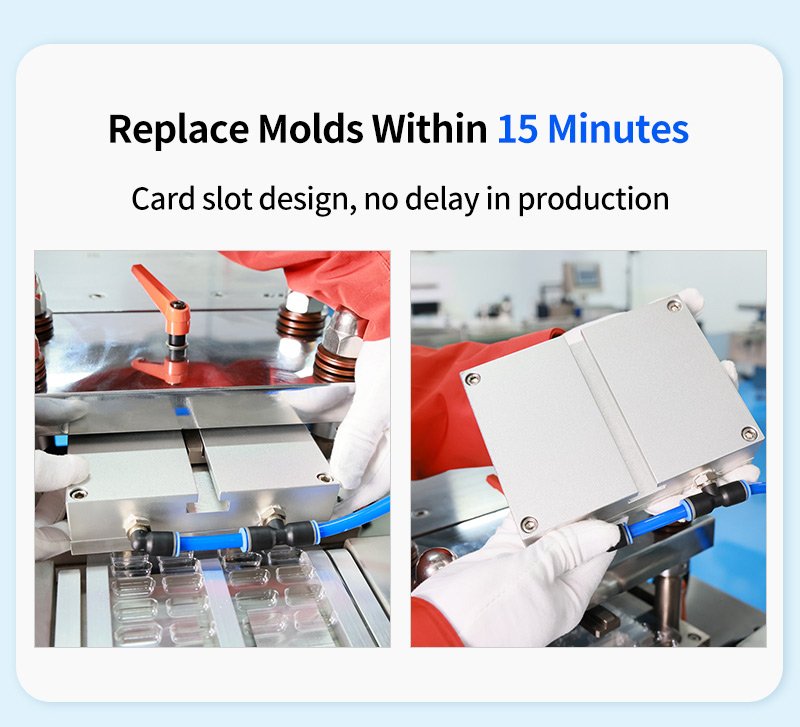Categories
New Blog
Tags
In modern production, an automatic blister packaging machine is essential for ensuring product safety and quality. Regular maintenance not only enhances the machine's operational efficiency but also extends its lifespan. This article will provide a detailed guide on how to effectively maintain your automatic blister packaging machine, ensuring it stays in optimal condition.

The automatic blister packaging machine plays a crucial role in the packaging process, and even minor faults can lead to production delays and financial losses. Therefore, regular maintenance is vital. Insufficient maintenance can decrease equipment efficiency, affect packaging quality, and harm the product's market competitiveness. By conducting regular maintenance, you can reduce failure rates, minimize downtime, and ultimately enhance overall production efficiency.

Understanding the basic components of the machine allows you to perform targeted maintenance. The primary components of an automatic blister packaging machine include:
- Heating System: Responsible for heating the plastic sheet to the appropriate temperature for blister formation.
- Blister Molds: Used to shape the product into the desired form.
- Filling System: Accurately fills the product material into the blister molds.
- Cutting System: Cuts the formed blister products to shape.
- Control System: Monitors and adjusts the machine's operating status electronically.
The heating system is essential for the blistering process, making its maintenance crucial.
- Regular Checks: Periodically check the heating elements to ensure they function properly. If heating efficiency diminishes, the heating elements may need replacement.
- Clean Heating Plates: Residues from plastics and dust can accumulate on heating plates. Regular cleaning prevents uneven heat distribution, ensuring optimal blister quality.
Blister molds directly impact the quality of the formed products.
- Wear Inspection: Regularly inspect the molds for wear. If significant wear is detected, replace them promptly to avoid affecting product quality.
- Mold Cleaning: After each production run, clean the molds immediately to prevent residue from affecting the next blistering cycle.
The accuracy of the filling system is vital for ensuring product compliance.
- Calibrate the Filling System: Regularly calibrate the filling system to ensure each fill is precise in quantity and weight.
- Clean Filling Area: After changing the filling material, thoroughly clean the filling area to prevent cross-contamination and ensure product purity.
The precision of the cutting system is crucial for the appearance and quality of the product.
- Check Cutting Tools: Regularly inspect the sharpness of cutting tools, replacing worn tools as necessary to maintain smooth, even cuts.
- Clean Cutting Components: Keep cutting components clean to prevent poor cutting due to accumulated dirt.
The control system is the machine's "brain," making its maintenance crucial.
- Inspect Electrical Connections: Regularly check electrical connections to ensure there is no aging or wear.
Cleaning is an indispensable part of maintenance. Here are suggested cleaning steps:
- Daily Cleaning: At the end of each production day, conduct basic cleaning, including the removal of dirt from both the exterior and interior of the machine.
- Weekly Cleaning: Perform a comprehensive cleaning weekly, focusing on joints and areas prone to dirt accumulation.

To ensure the effectiveness of maintenance work, it’s advisable to establish maintenance records and plans.
- Create a Maintenance Schedule: Set a timeline for regular inspections and maintenance, including daily checks, weekly maintenance, and monthly deep cleaning, allowing timely problem detection and resolution.
During operation, you may encounter some common problems. Here are potential issues, their causes, and solutions:
- Uneven Heating: This may be due to damaged heating elements or dirty heating plates. The solution is to check the heating elements and clean the heating plates.
- Inaccurate Filling: This could stem from an uncalibrated filling system or changes in material characteristics. Calibrating the system and checking material status is necessary.
- Poor Cutting: This may result from worn cutting tools or improper settings. Inspecting the sharpness of tools and making necessary adjustments is essential.
Regular maintenance of the blister packaging machine is fundamental to ensuring smooth production and high-quality products. By implementing effective maintenance strategies, you can enhance equipment performance, reduce failures, and ultimately improve production efficiency. Remember, maintenance is the bridge between you and efficient production—it should never be overlooked.